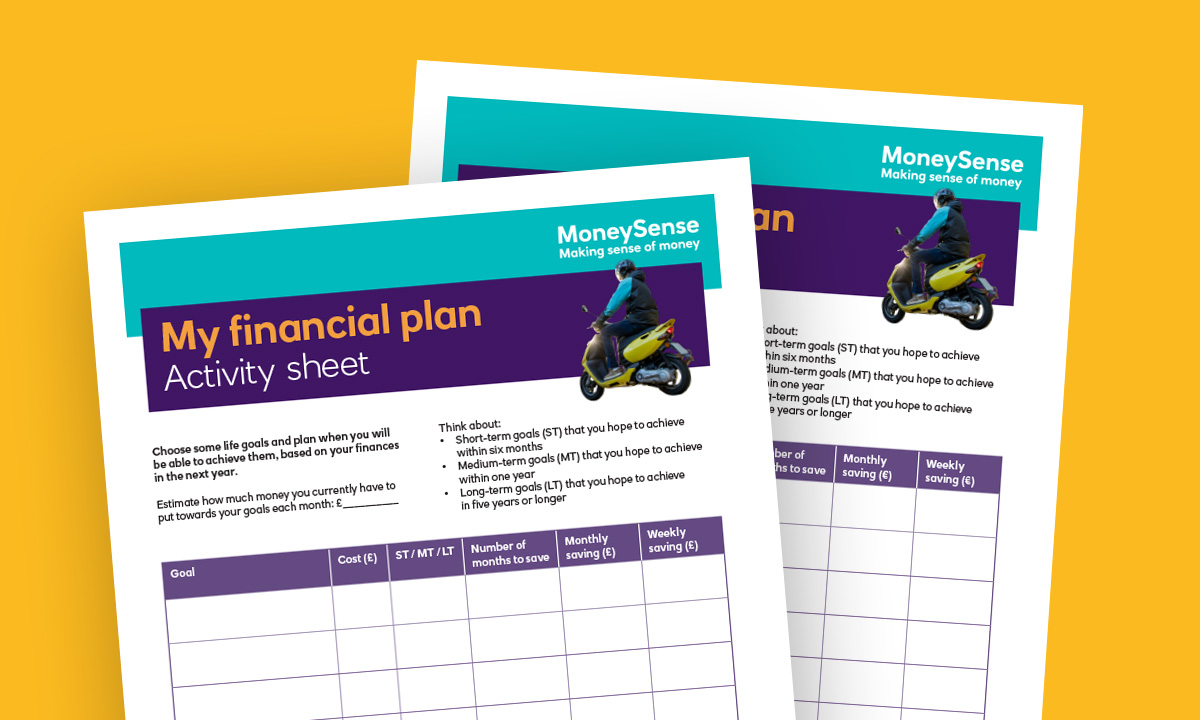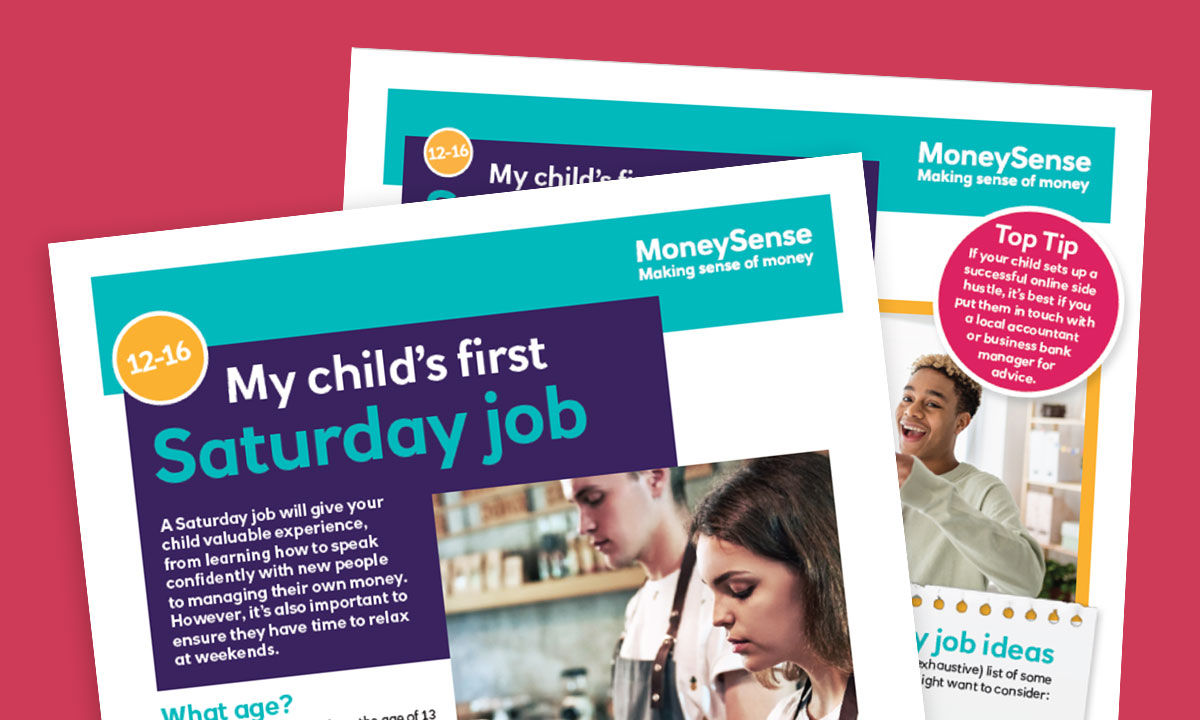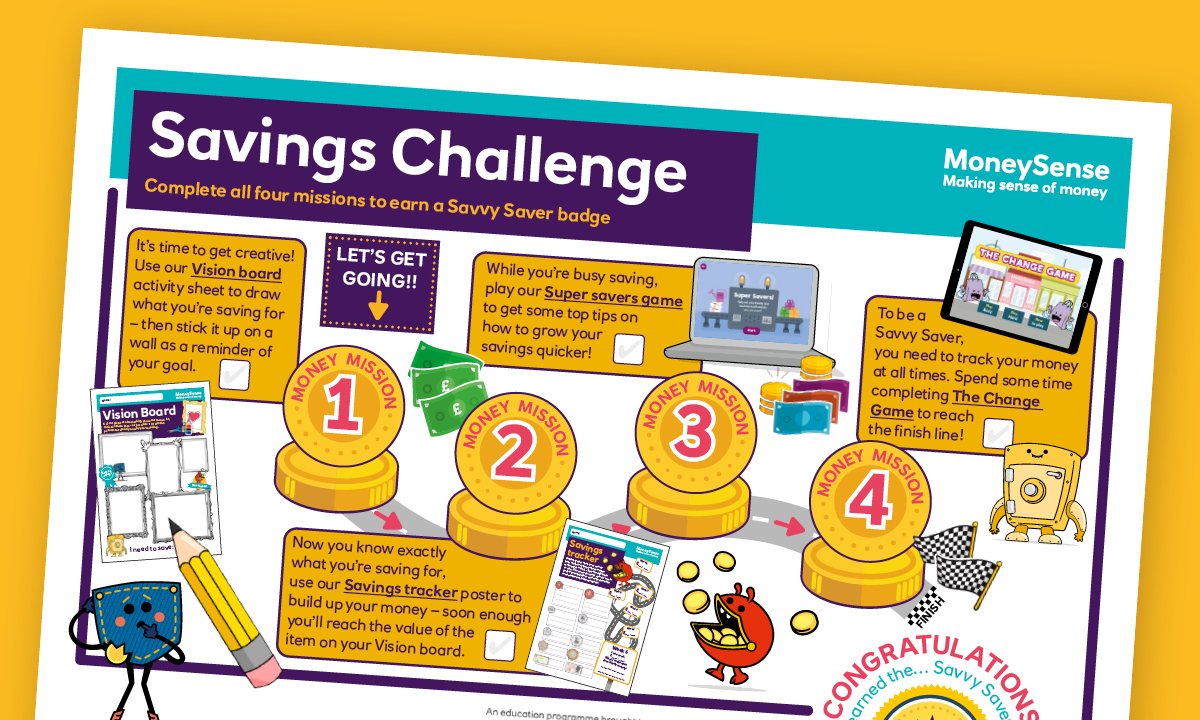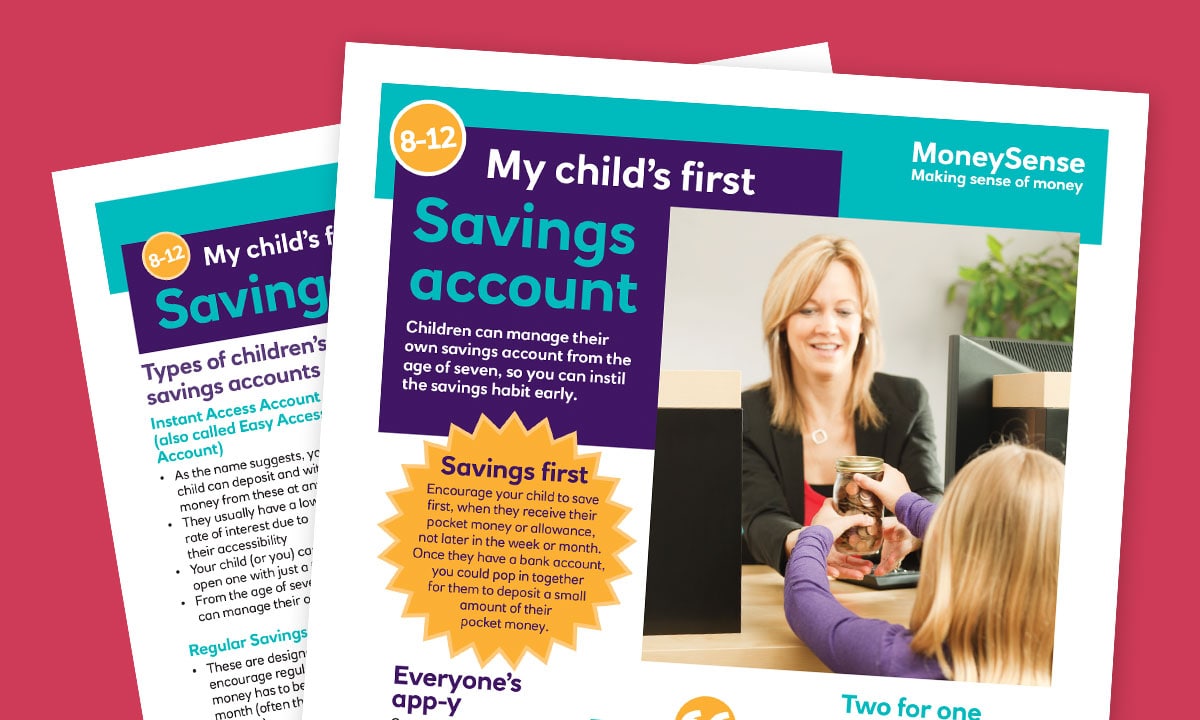8 tips for teaching teens how to save money
From creating a budget to setting a realistic goal, there are lots of ways to encourage your teen to start saving. Here are some actionable tips to get your teenager feeling more positive about saving money.

Saving is a skill that takes time to perfect, so giving your teen a head start is a great way to line them up for financial success later in life. Sitting down with them and having a chat about what saving is, why it’s important and how to go about it is a great way to begin their learning journey and get them in a positive mindset – especially when they are likely to be used to seeing mass consumption and hauls on platforms like TikTok.
It’s important to remember that while elements of saving may seem obvious to us as adults, it’s still fairly new to teenagers. It may seem strange to you, for example, if your teen doesn’t see the point in saving or thinks it’s too much effort, but creating a comfortable environment where open conversations about money can take place can help answer those concerns.
Here are eight tips to kickstart the conversation about saving money.
1. Emphasise that saving has a purpose
We all remember what it was like when we first had access to our own money – it was all too easy to spend it quickly and without much thought. While it’s important that teens enjoy their money, now is the time to explain that saving has a purpose and isn’t a punishment.
Whether it’s saving for that pair of trainers they’ve had their eye on or stashing away money so they can purchase something big in the future, it’s important they understand the opportunities saving creates.
2. Set a savings goal
Helping your teenager to create a savings goal is a great task to set in the early days. Ask them how much they would like to make their goal – and make sure it’s realistic – and then help your teen make a plan to turn it into a reality. Having a target helps make the plan seem achievable, and setting a timeframe can help keep them focused. Many banks offer in-app savings guidance and goals, so be sure to check yours out.
3. Work out a percentage
Rather than setting a specific amount to save per week or month, it might be helpful for your teen to work out a percentage to save that suits them. This is a good savings technique because the sum of money a teenager has at one time often fluctuates – for example, they are likely to have more money after their birthday but perhaps less during the summer holidays when they’re out more.
Perhaps they can try the ‘spend half, save half’ method if they don’t have many expenses – or a more uneven split if they do.
4. Make a ‘fun money’ budget
While saving is important, so is ensuring your teenager can enjoy their money and spend responsibly. Help them allocate a monthly ‘fun budget’ for things like shopping and eating out so they are still enjoying themselves while saving.

5. Track their spending
When saving month-to-month, for example, it’s all too easy to lose track of what you’ve spent a few weeks in. Encourage your teen to keep track of monthly purchases on a Notes app on their phone. Most banking apps have a feature that help you with this too – but if yours doesn’t, check out resources like Money Dashboard to give you a helping hand.
If they use a debit card for most purchases, set a time every week where you can sit down together and chat about the week’s spending, check if it’s in line with their savings goal, and see how they’re feeling about their money. This will also help you both make talking about money a routine, approachable experience.
6. Think twice before spending
We’ve all been guilty of impulse purchases, but they often aren’t in line with our financial goals. Encouraging your child to think twice before buying something is a great tactic – suggest they consider “Do I really want or need this?” before splurging. Other points to encourage them to think about are:
-
Could I want to buy something more than this item with my money this month?
-
Will buying this impact my savings goal?
-
Will I still want and use this in a month’s time?
7. Help them job hunt
You can work and earn money from the age of 13 in the UK, although there are strict rules about when (and how many hours) young people under 16 years old can work. If appropriate, getting a part-time job that fits around school hours is a great way to encourage your child to earn their own money and reach that savings goal.
Job hunting for the first time can be overwhelming, so showing them where to look for jobs, how to make a CV and what to write in an application is an important step. CareerSense has some great tips on perfecting CVs.
8. Shop second hand
Not only is second hand shopping better for the environment, but it’s great for those on a budget too. Free apps like Vinted, eBay and Depop allow users to buy pre-loved clothes at lower prices, meaning your teen can get their shopping fix without sacrificing their savings goal – and they can shop second-hand knowing they’re reducing the carbon footprint created by fast fashion too. These platforms are also a great way to sell unwanted items and pocket some extra cash along the way.
Image credits: iStock
Find out about all the latest MoneySense articles for parents by following us on Facebook
Related activities
Want your child to find out more for themselves? Here are some activities to share with them.

 Activities:
Activities: 





